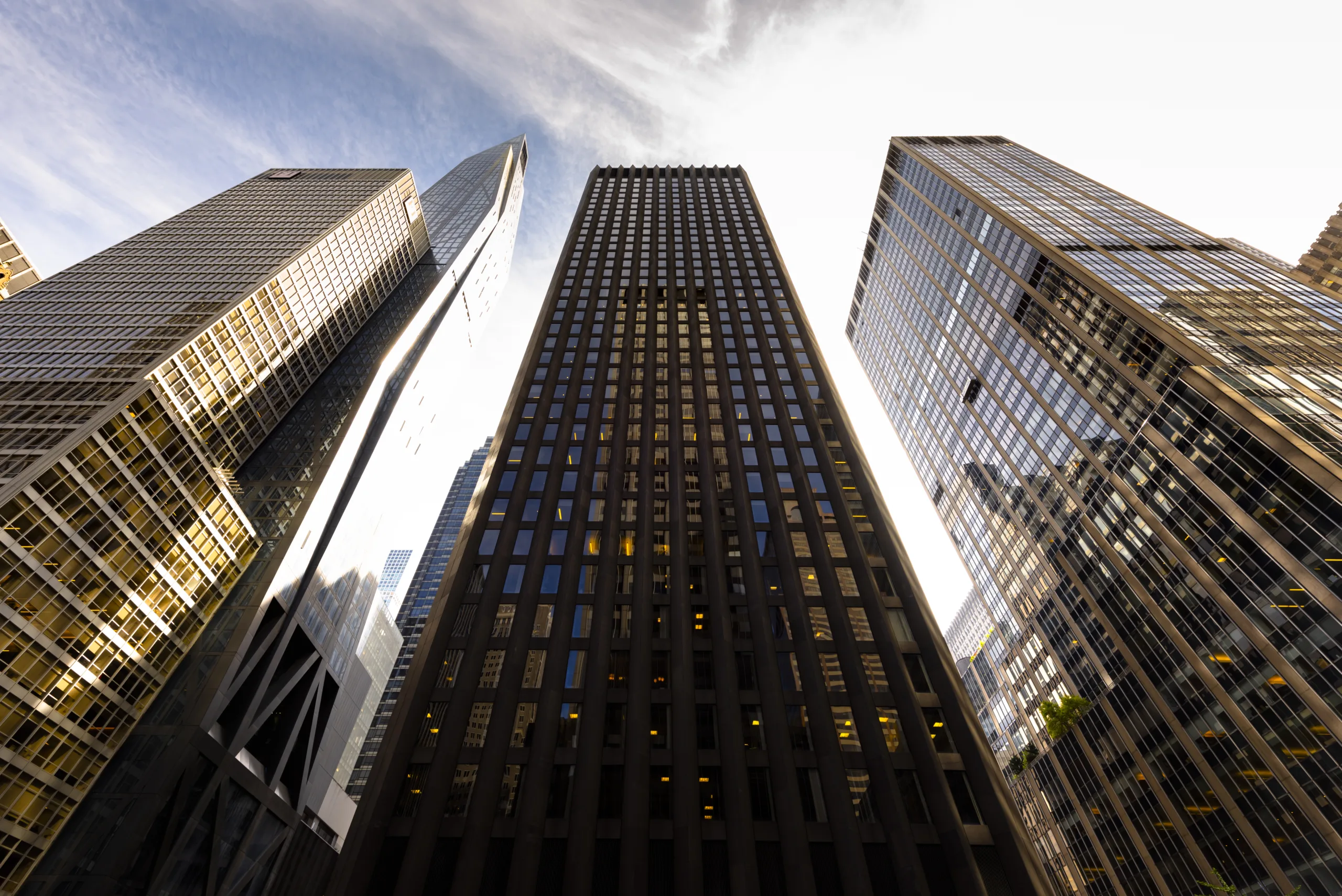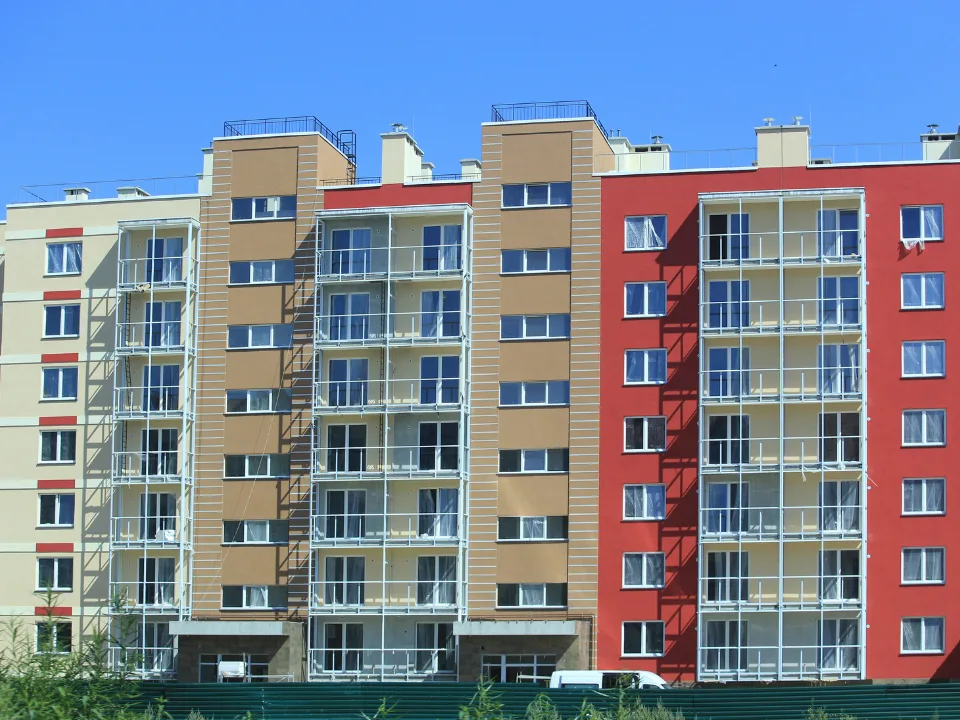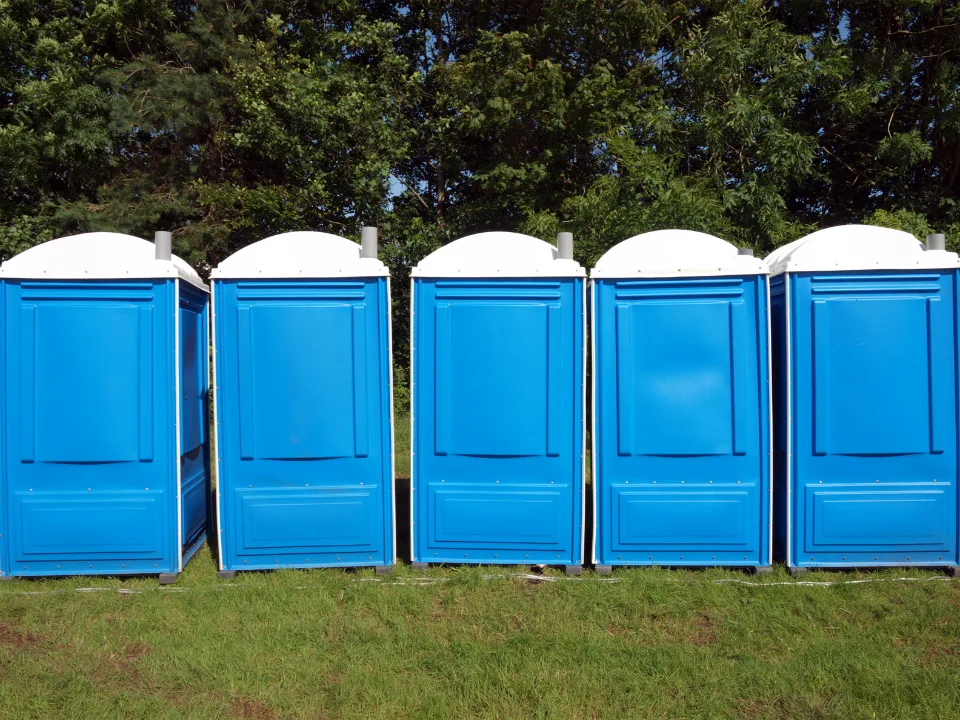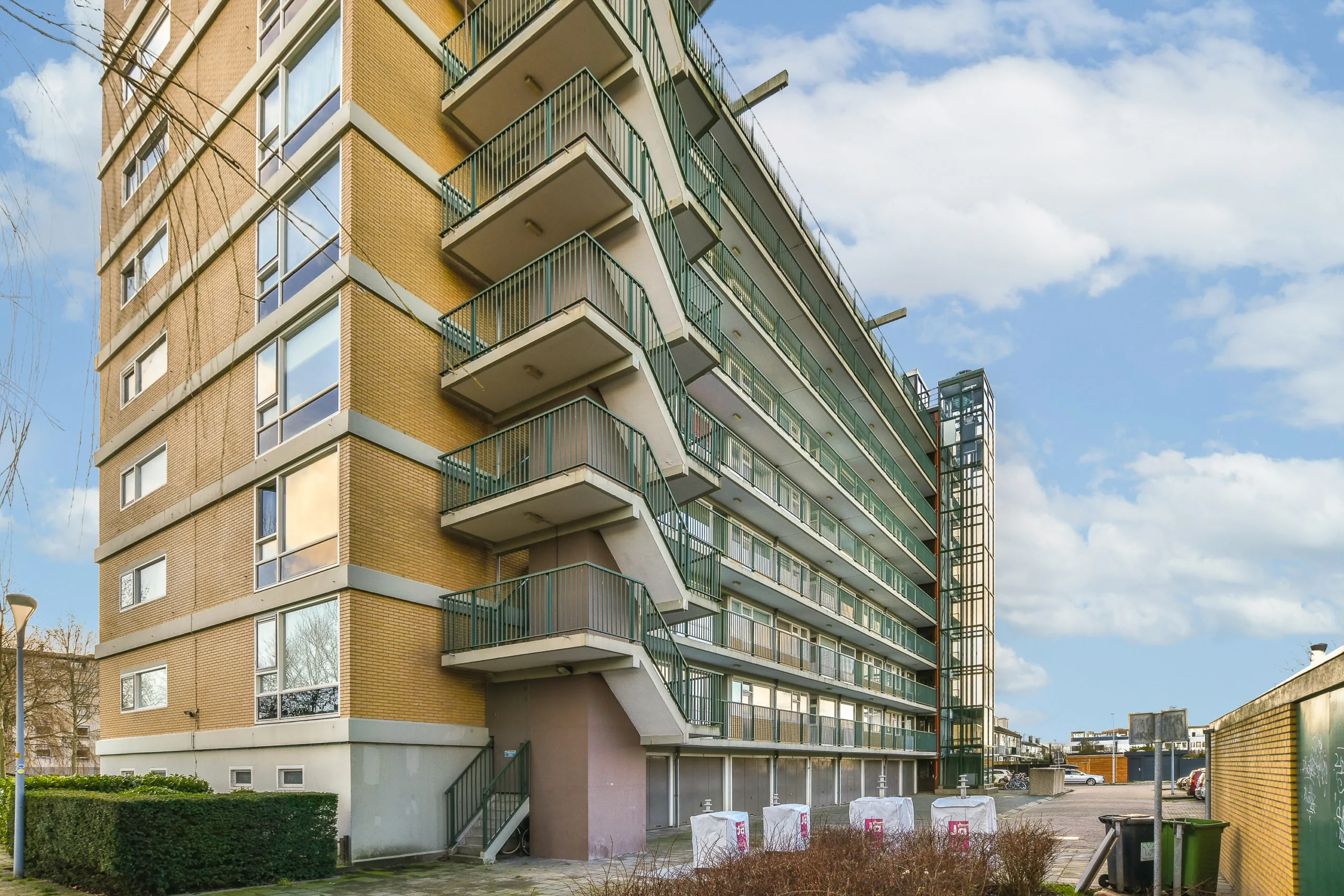- Net absorption in Phoenix outpaced new deliveries in Q1 2025, marking the first such occurrence in two years.
- The vacancy rate declined to 7.1%, the first annual improvement in four years, driven by a slowdown in new inventory.
- Despite mixed rent growth and a sharp decline in multifamily sales activity, long-term projections point to tighter vacancy and more stable fundamentals through 2028.
A Shift In Momentum
After several quarters of oversupply, Phoenix’s multifamily market is finally seeing demand catch up, as reported by GlobeSt. In Q1 2025, the metro absorbed 3,750 units—exceeding the 3,288 units delivered during the same period, per a new Northmarq report. It’s the first time demand has outpaced supply in two years.
A Slowdown That Helps
Deliveries were down 33% compared to Q1 2024, helping to ease pressure on landlords. As a result, vacancy rates dropped by 30 basis points quarter-over-quarter and 10 basis points year-over-year, settling at 7.1%. Submarkets like North Scottsdale and both North and South Tempe are seeing particular relief.
Get Smarter about what matters in CRE
Stay ahead of trends in commercial real estate with CRE Daily – the free newsletter delivering everything you need to start your day in just 5-minutes
Rents And Sales Remain Uneven
While rents are showing signs of stabilization—with a 0.7% quarterly increase—they’re still down 2% year-over-year, with average asking rents at $1,556. On the investment side, multifamily sales volume hit a five-year low in Q1, down 50% from the same period last year. Class B and C assets led the few transactions that did occur, while newer properties saw limited activity.
Looking Ahead
While the current quarter brought some optimism, challenges remain. Northmarq expects new construction to resume in the coming quarters, though at a slower pace from 2026 through at least 2028. If that trend holds—and if strong multifamily demand continues—Phoenix’s vacancy rate could dip back to around 5%, signaling long-term market stabilization.
Why It Matters
This turnaround underscores a broader national trend where multifamily markets that had overheated during the pandemic construction boom are beginning to rebalance. For Phoenix, a city long viewed as a growth market, demand fundamentals appear to be catching up—though investors and developers should remain cautious as the market digests recent supply.

















